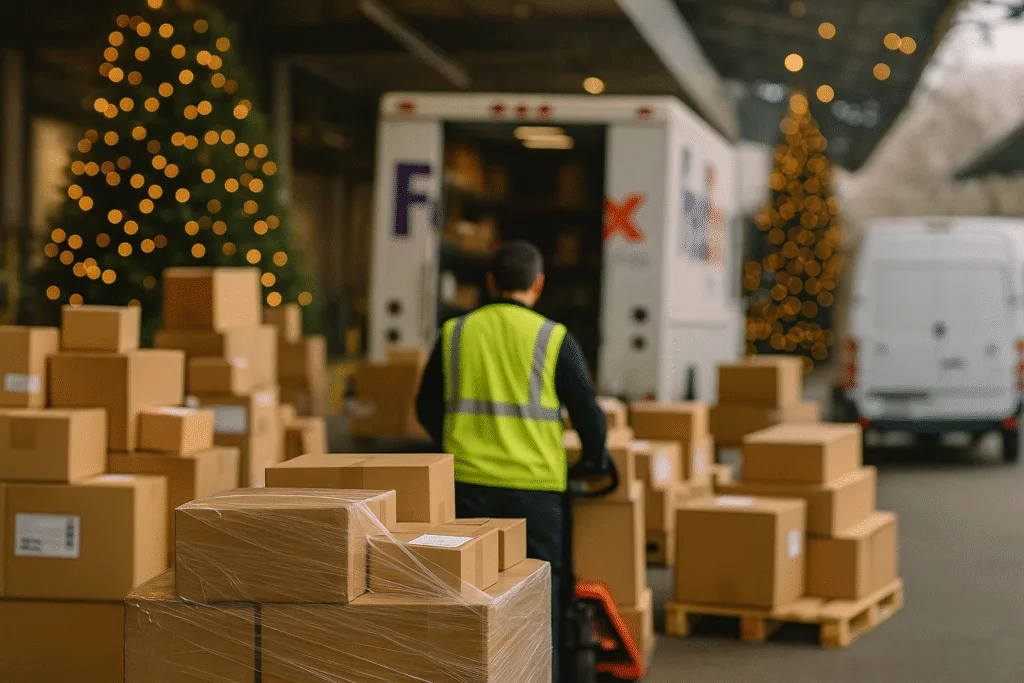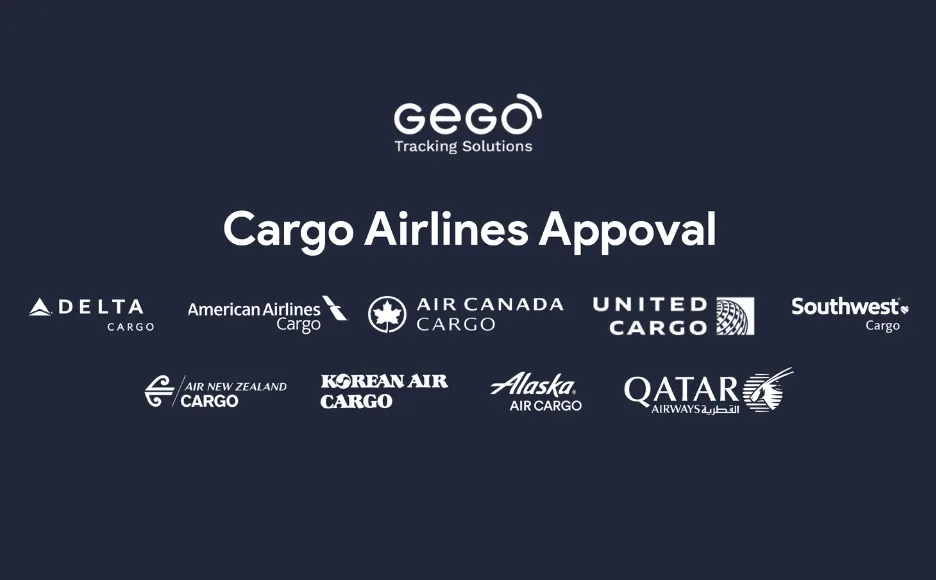What Is Chain-of-Custody in Healthcare Logistics?
Definition and Scope
Chain-of-custody in healthcare logistics refers to the documented, unbroken trail that tracks the handling, transfer, and condition of medical shipments from origin to destination. This includes everything from temperature-sensitive pharmaceuticals and biologics to organs, blood, and diagnostic samples.
Why It Matters for Medical Shipments
When dealing with life-saving therapies or patient-critical specimens, any break in the chain of custody can jeopardize patient safety, breach regulatory compliance, or invalidate the integrity of the shipment. In industries like organ transplantation or biotech R&D, these are high-stakes consequences.
Regulatory Landscape & Standards
FDA, HIPAA, EU MDR, WHO Guidelines
Regulatory bodies have established clear standards to enforce proper handling:
- FDA requires rigorous documentation and environmental control for pharmaceuticals and biologics.
- HIPAA impacts any shipment containing identifiable patient data.
- EU MDR emphasizes risk management and traceability in medical device logistics.
- WHO provides guidelines for transporting vaccines and temperature-sensitive biologicals.
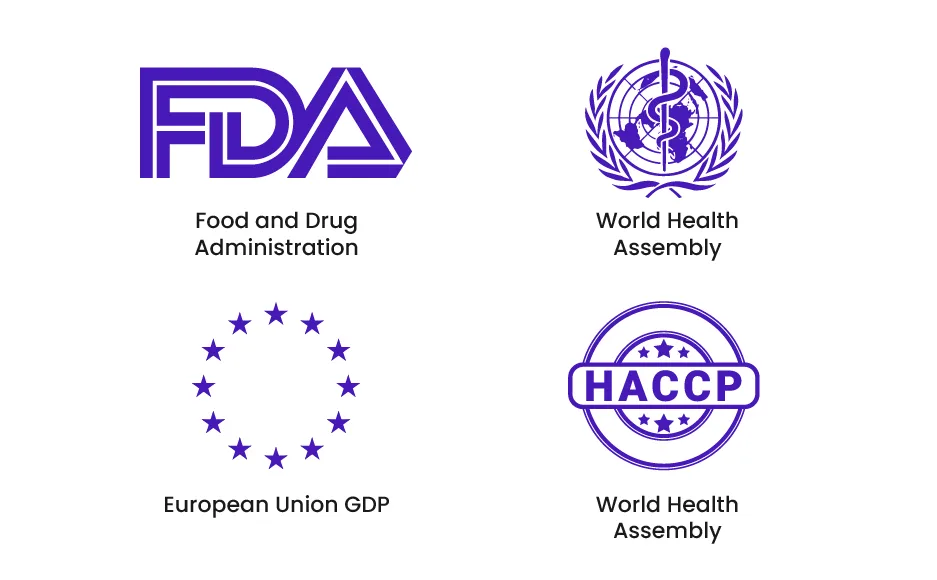
Compliance Risks of Poor Chain-of-Custody
Failure to meet these standards can result in:
- Shipment rejection by clinical or research facilities
- Legal liabilities due to data loss or exposure
- Regulatory fines or revocation of transport licenses
- Harm to patient outcomes, brand trust, and revenue
Best Practices for Chain-of-Custody in Medical Shipments
Clear Documentation and Labeling
Every handoff must be logged, including:
- Time and location of transfer
- Personnel involved
- Condition of the package
Proper labeling should indicate handling instructions, temperature ranges, and compliance requirements.
Real-Time Tracking & Monitoring Technology
Static milestone tracking (e.g., pickup and delivery confirmation) no longer meets regulatory expectations. Real-time tracking with GPS and sensor data helps logistics teams detect risks as they unfold and intervene before damage occurs.
Tamper-Proof Packaging & Alerts
Use security-sealed containers with integrated sensors. These should detect:
- Unauthorized openings
- Shock or vibration
- Package orientation or tilting
Immediate alerts allow for fast escalation and corrective action.
Authentication and Custody Transfer Logs
Digitally verify identity at each handoff using secure apps or digital forms. Timestamped custody logs provide transparency and accountability throughout the shipment lifecycle.
Exception Handling & Escalation Procedures
Define protocols for out-of-range events:
- Temperature excursions
- Missed transfer deadlines
- Tamper alerts
Train teams on when to escalate, how to re-route, and how to document deviations.
How Technology Enables Compliance & Safety
GPS + Sensor Data
Advanced trackers, like those used by GEGO, collect and transmit:
- Location in real time
- Internal and ambient temperature
- Humidity, shock, motion, and opening events
This data supports both reactive alerts and predictive risk management.
Audit-Ready Digital Records
Digital logs are easier to share, store, and audit than paper records. GEGO provides cloud-based dashboards that:
- Capture custody and condition history
- Generate PDF or CSV reports
- Support internal and external audits
Case Study Examples
- Organ Procurement Organizations (OPOs): Require constant visibility for cross-state organ transport. GEGO enables them to verify delivery and temperature compliance instantly.
- Diagnostics Labs: Shipping samples across clinical sites with strict chain-of-custody documentation.
- Pharmaceutical Distribution: Monitoring temperature during cross-border vaccine deliveries, complying with WHO and FDA thresholds.
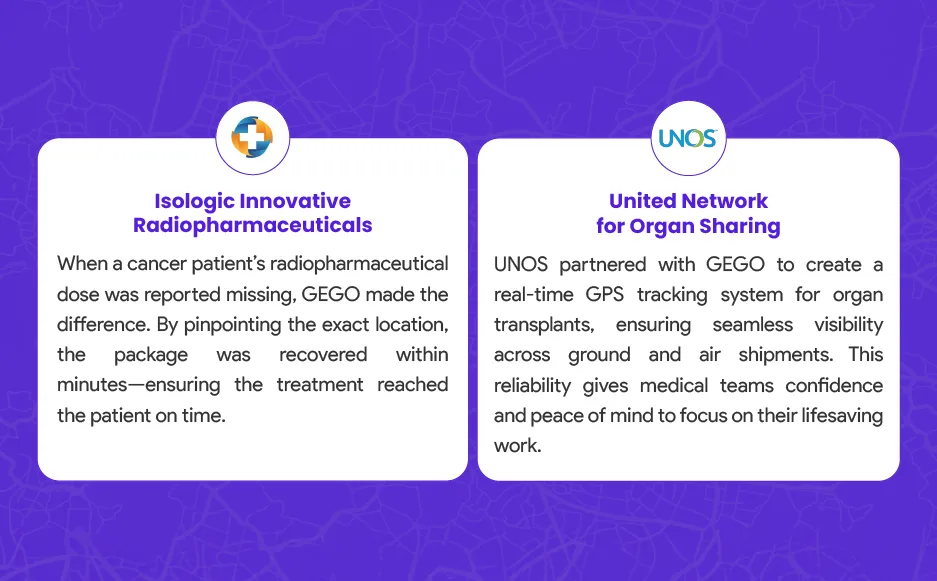
GEGO’s Role in Healthcare Chain-of-Custody
Real-Time Visibility for Critical Shipments
GEGO’s devices and platform offer:
- Continuous tracking from pickup to delivery
- Sensor alerts for movement, temperature, or tampering
- A centralized dashboard for shipment oversight
Compliance-Ready Reporting
GEGO helps logistics teams meet documentation standards with:
- Automated custody logs
- Audit-friendly data exports
- Long-term digital record storage
Supporting Healthcare Logistics Providers at Scale
Whether you manage five shipments per week or 500 per day, GEGO adapts to your operation. Our platform integrates via API and supports workflows for 3PLs, hospitals, labs, and specialized couriers.
Conclusion — Building Trust With Chain-of-Custody Best Practices
In healthcare logistics, trust begins with control. A secure, documented chain of custody ensures regulatory compliance, protects patients, and reinforces operational excellence.
By implementing best practices and using a platform like GEGO for real-time monitoring, you strengthen every link in your supply chain—from lab to patient.
Request a demo of GEGO’s chain-of-custody monitoring for medical shipments
FAQ
What is chain-of-custody in medical logistics? It refers to the documented process of handling, transferring, and monitoring sensitive medical shipments to ensure integrity and compliance.
Why is chain-of-custody important in healthcare shipments? Because breaks in custody can risk patient safety, cause regulatory violations, or invalidate medical samples.
What are best practices for chain-of-custody in logistics? Clear documentation, tamper-proof packaging, real-time monitoring, and exception response protocols.
How does technology support chain-of-custody compliance? With GPS, temperature sensors, audit logs, and automated alerts that allow for transparency and control.
What risks are associated with poor chain-of-custody? Shipment rejection, legal exposure, non-compliance penalties, and patient harm.



